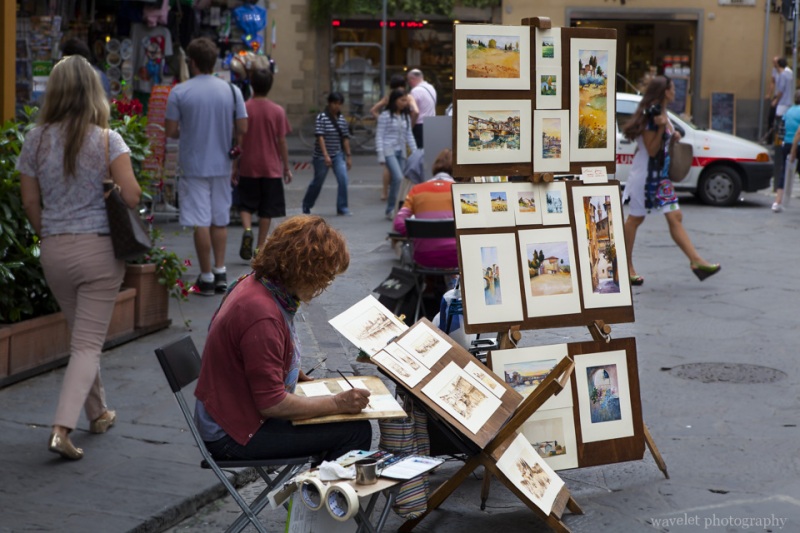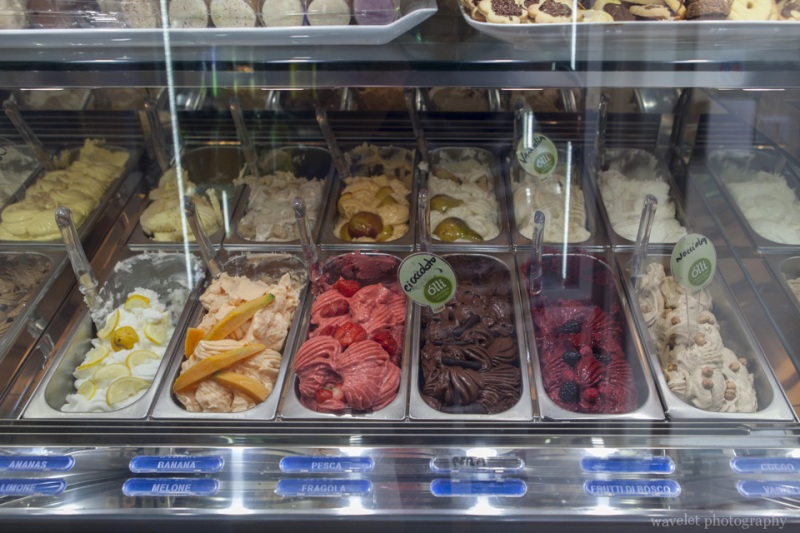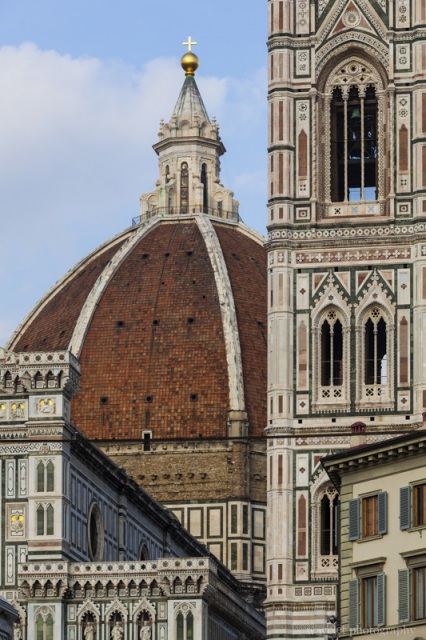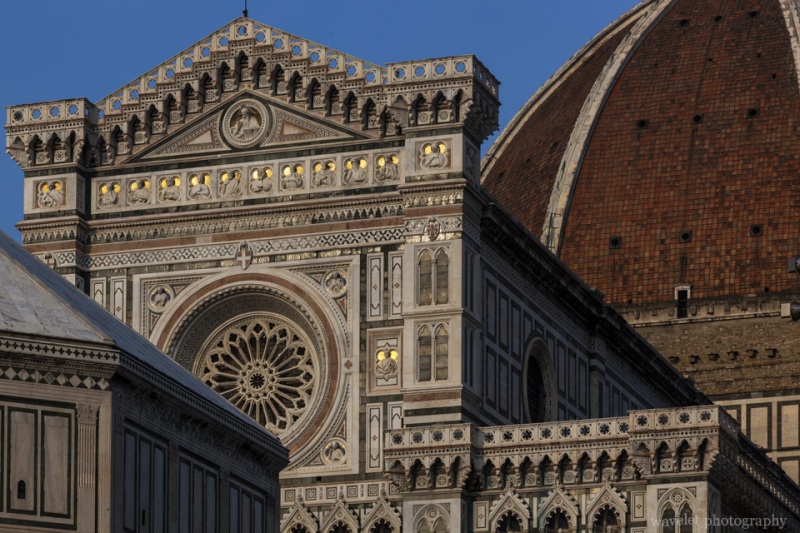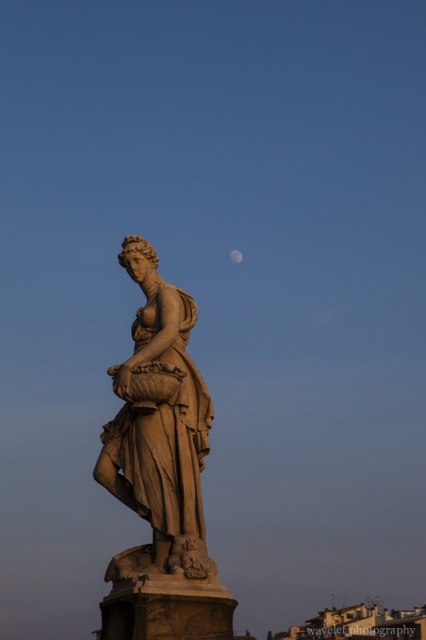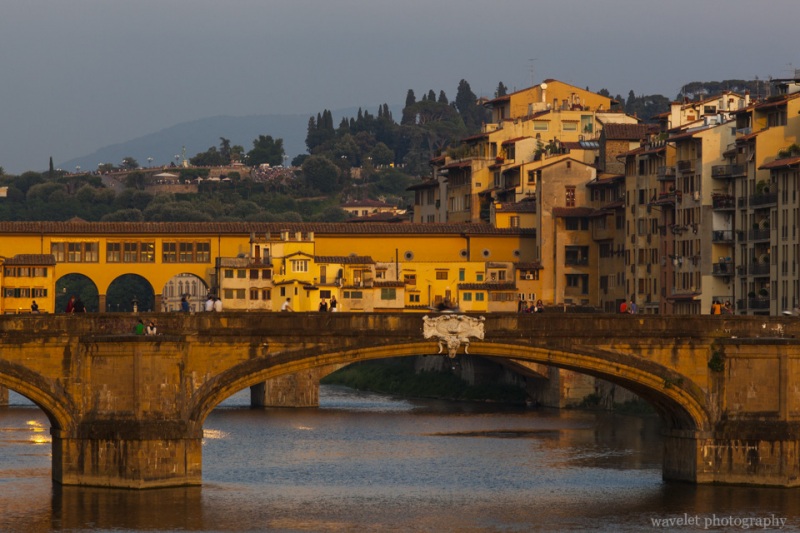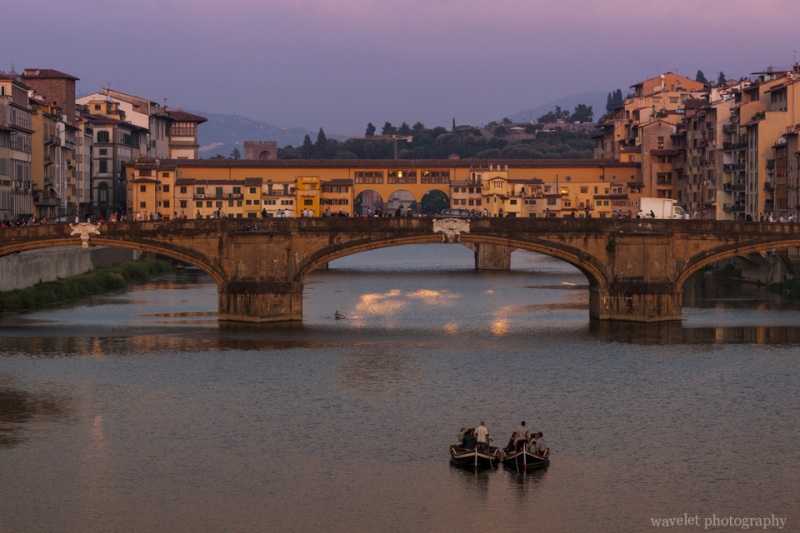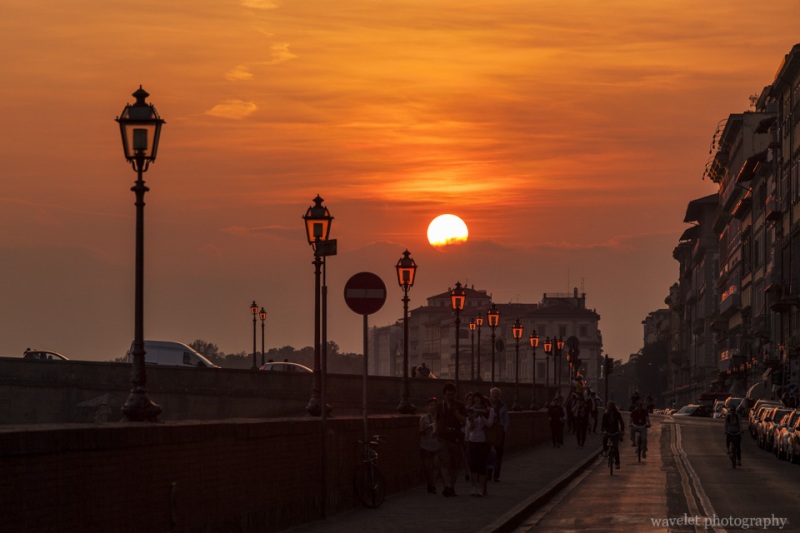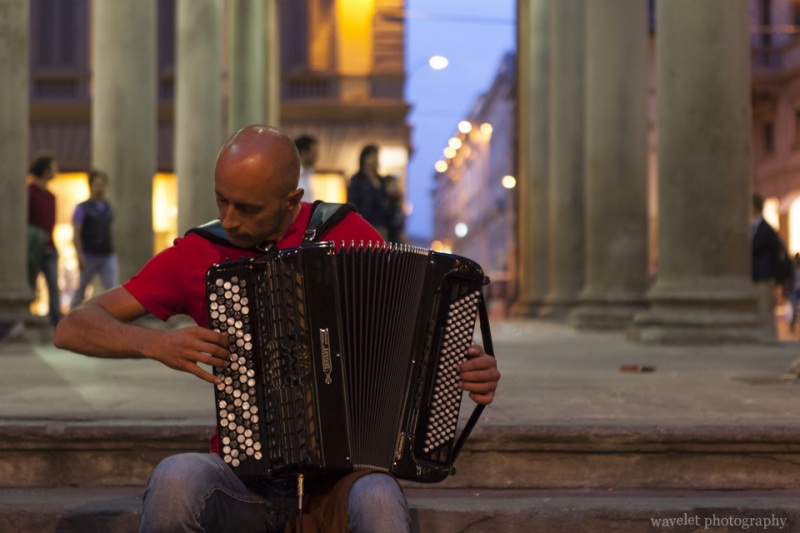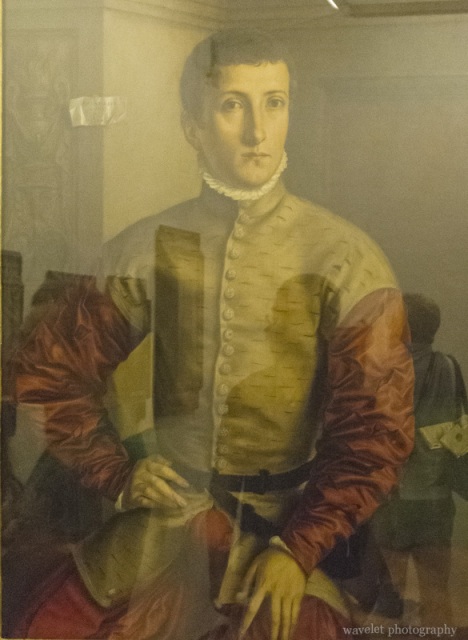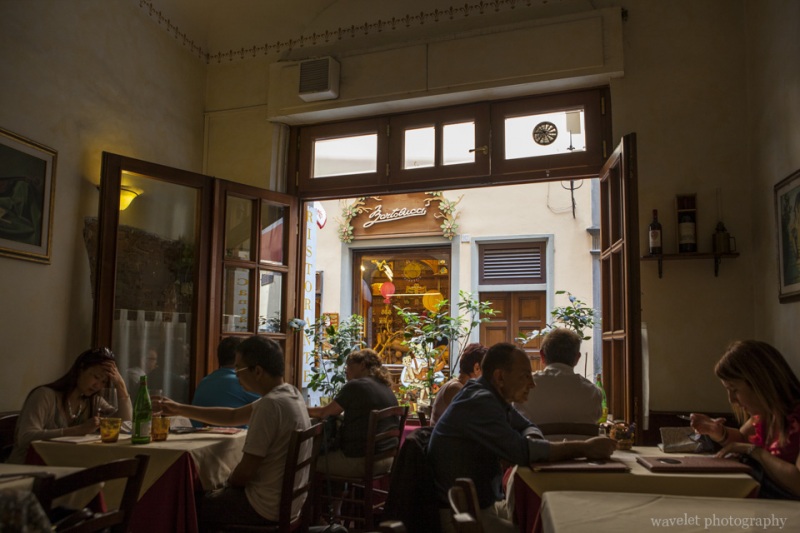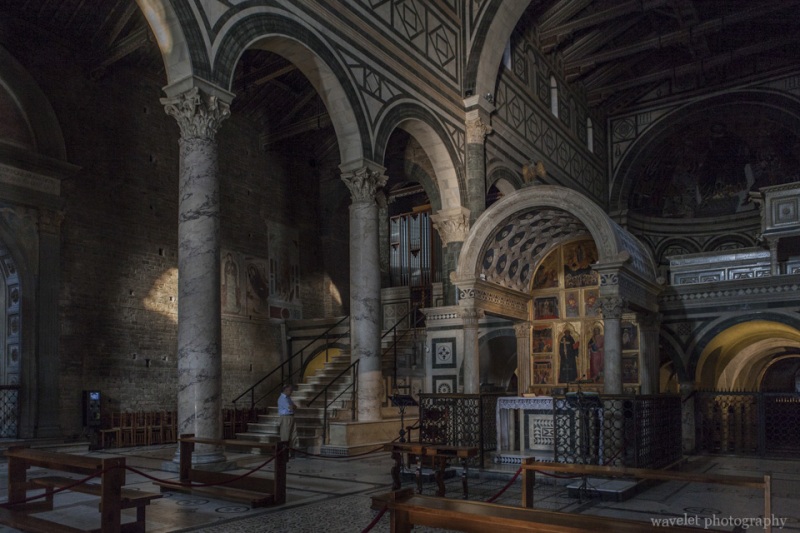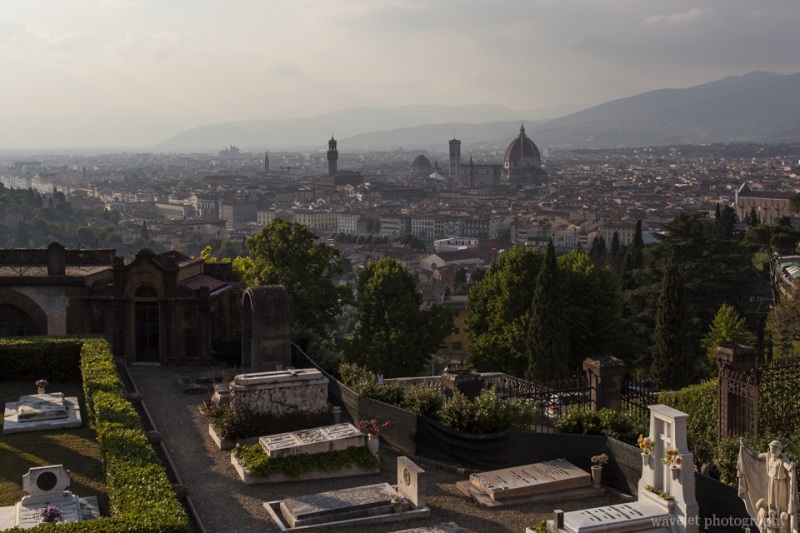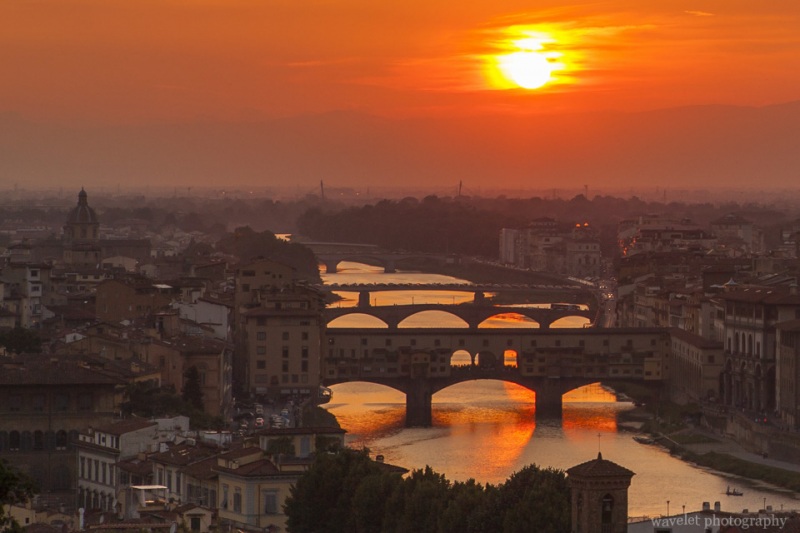Tanzania – Arusha
2012.12.23~24The decision to visit Tanzania at the year end was really made during Thanksgiving holidays. It’s possible to get ready in such a short time is because I already did my research and had contacted several travel agencies, especially the one we finally chose, Base Camp Tanzania, when we struggled between the trip to Antarctica and Eastern Africa a year early. The trip was confirmed only a couple of days after Thanksgiving and we were on our way three weeks later.
Our trip started at Arusha, which is served by Kilimanjaro International Airport for international travelers. KLM is the only major airline offers direct flight to the airport. It was our longest connecting flights so far. We had totally 21 hours in the air. Layover time was shorter than our other trips, but we were lucky that there was no major delay and we arrived at JRO at 9pm local time on Dec. 23rd.
We met our guide, Justin, at the airport. He has a tall and strong figure and looks very humble. He will be our only guide and driver for the next 9 days. From the Airport to Arusha, the road was mildly uphill most of time, Our car was particularly slow. This 35-mile took us almost one and half hours. After we entered the town, the car turned off the main street to a very rough dirt road. We were tossed up and down for another 10 minutes. As we started wondering what this seemingly endless bumpy road would lead us to, we arrived at our destination, Ilboru Safari Lodge.
We had a room in round shape, probably modeled after the Maasai huts. It soon started raining. There were some small issues with the room, such as the shower and power outlet, but the room was spacious and comfortable. Although it’s already dark when we checked in, I could feel that we were surrounded by lush plants. The next morning, I had a chance to walk around the garden.
Arush is the capital city of the Arusha Region of Tanzania. We didn’t have opportunity to spend time in the city, but merely passing through the city center several times on our car. Although the city is a political hub for Eastern African international issues, Arusha remains a small and rural town. However, it doesn’t mean it’s not vital – a lot of people on the streets and the roads are jammed by cars during rush hours, especially the only one road coming in and out of the town. Compared to the busy town outside, the lodge is like an oasis.
After coming back from Arush National Park on our first day, the owner of our tour company, Achmed, came to visit us. He helped us setup the tour in very short time and was very responsive to all our questions. He is a British man who is also half German and have lived in Tanzania for more than 20 years. We had a beer in the lodge’s German Beer Garden. Achmed went over our itinerary and noted special features of each park. He also stressed that if we wanted to go to the toilet while in safari, just go to the back of the jeep, instead of hiding behind the bush. Still recovering from the time difference, we could barely keep our eyes open lately. There is one thing I still remember – the reason he prefers living in Tanzania, given the government corruptions and lower living conditions, is because “there is no puppet law in this country”.
At the dinner, the waitress obviously forgot that we didn’t have the dinner the previous night because we came too late, but we managed to get their local Swahili cuisine that only offers to the guests on their first night. The dinner came in as small dishes, including Machalari, Ugali (maize flour paste), Sukuma Wiki, beef stew and barbecue plates. The food were quite salty, some of them had tastes of Indian dishes.








































































